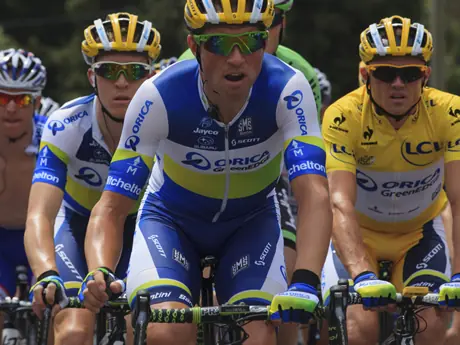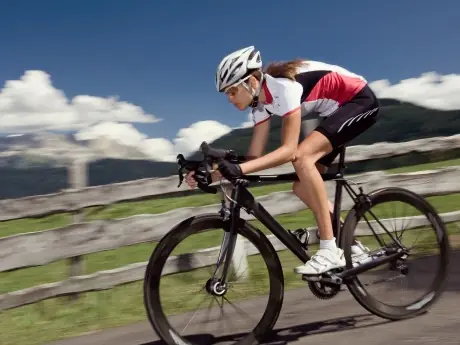
The following excerpt was taken from From The Science of Fitness: Power, Performance and Endurance by Greg LeMond and Mark Hom, M.D. It was reprinted with permission of Elsevier/Academic Press ? 2015.
Whether you want to ride your first century or tackle a big hill on your local route, every cyclist is looking for ways to get faster.
Former 3-time Tour de France champion Greg LeMond, in conjunction with Dr. Mark Hom, have come up with several simple ways for your to improve performance on the bike in their latest book, From the Science of Fitness: Power, Performance and Endurance.
Check out this sample to get a better idea of how they recommend you approach your training in the upcoming year.
Hill Climbing Training
Whether it is the Tour de France or a local club ride, there is one challenge that separates cyclists the most: a long steep hill climb. When people first try cycling, hills are associated with exhaustion and discomfort and are often avoided. Once you get some miles in your legs, you will find that a long steep hill is your best training partner. Fighting the unrelenting pull of gravity offers the perfect resistance to put your muscles into the energy sapped state that boosts mitochondria. Fast paced climbing and hill repeats are the best methods to trigger mitochondrial biogenesis.
More: 11 Climbing Tips for Cyclists
At the base of a hill, you can start with a high cadence and low pedal pressure to stay in a comfortable aerobic zone. This method of hill climbing also avoids pumping up the muscles which can restrict arterial blood flow. However, if the pace increases or the climb steepens, you must increase pedal pressure. This incorporates more muscle fibers per pedal stroke and this "horsepower" can be accurately measured with an on-bike wattage meter (either hub, crank, or pedal based). Your heart rate and respiratory rate will start to soar.
In lieu of monitoring devices, you can rely on perceived pedal pressure and your breathing as indications of the effort you are expending. As you surge on the hardest part of the climb, you are out of the saddle applying maximum pedal force and breathing hard and fast. Although you are now in an anaerobic zone and nearing exhaustion, you are also triggering your mitochondria to multiply. In a few days, you will find yourself going up that same hill at a faster pace.
Hill repeats are an excellent and practical way to boost your mitochondria. Just find a challenging local hill on a loop with little traffic. After a warm up lap, try attacking the hill at an ever increasing pace each lap. For a real challenge, try riding up the hill using only your big front chain ring (higher gear range). Use the downhill section to recover for the next lap up the hill. This method not only triggers mitochondrial biogenesis many times (on each uphill section), it also encourages rapid clearance of lactic acid during the downhill sections.
- 1
- of
- 2









Discuss This Article